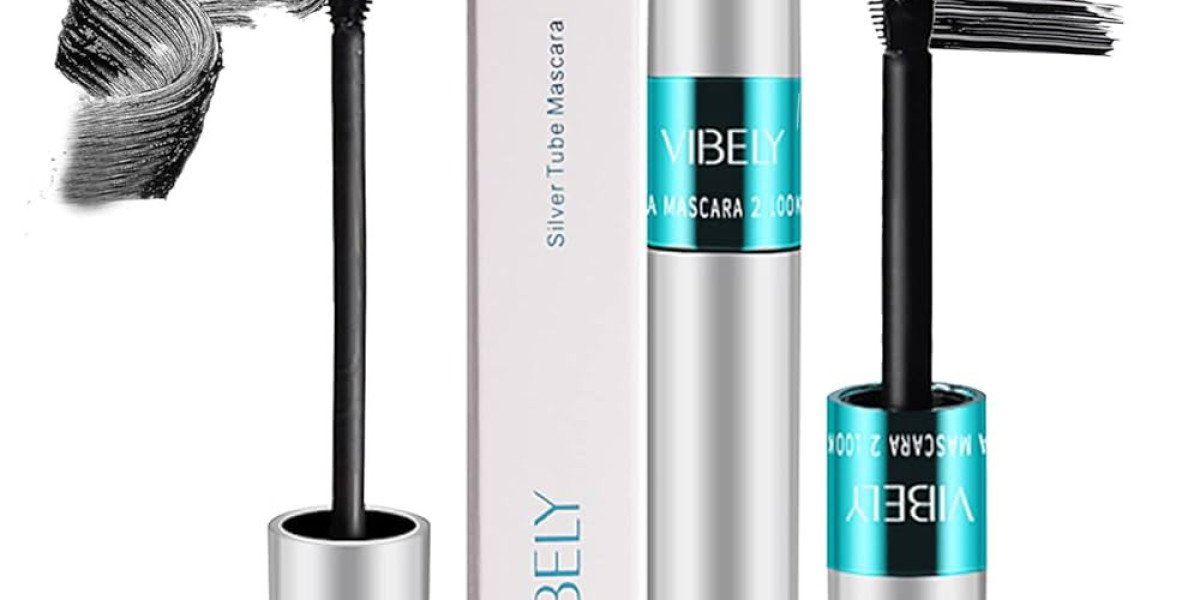Introduction
In South Africa, both agriculture and fashion industries rely heavily on specialized materials to optimize productivity and design. Two widely sought-after materials are shade netting and Shweshwe fabric.
Shade netting is essential for protecting crops, nurseries, and outdoor spaces from excessive sunlight, reducing heat stress and water loss. On the other hand, Shweshwe material is a traditional South African fabric used extensively in cultural attire, home décor, and contemporary fashion designs.
This guide will explore the uses, benefits, and pricing trends of shade netting and Shweshwe fabric in South Africa. Whether you are a farmer looking for cost-effective shade solutions or a fashion designer sourcing premium textiles, this blog provides in-depth insights to guide your decisions.
Understanding Shade Netting
Shade netting is a woven or knitted material designed to provide partial protection from the sun while allowing air circulation. Its primary function is to reduce sunlight intensity, regulate temperature, and protect crops, plants, and outdoor spaces.
Key Features of Shade Netting
Sunlight Protection
Shade netting blocks harmful UV rays while still allowing sufficient sunlight for photosynthesis in plants.Durability
Made from high-density polyethylene (HDPE), shade netting is resistant to tearing, stretching, and environmental stressors.Temperature Regulation
By reducing heat and direct sunlight, shade netting helps maintain optimal conditions for plants and outdoor areas.Versatility
It is used in nurseries, greenhouses, patios, parking areas, and even construction sites.Customizable Coverage
Shade netting comes in various sizes, colors, and densities, allowing users to select the ideal type for their specific needs.
Factors Affecting Shade Netting Prices in South Africa
Shade netting prices in South Africa depend on multiple factors:
Material Quality
High-density or UV-stabilized netting costs more but lasts longer and provides better protection.Density and Shade Factor
Shade netting is sold with different percentage ratings, e.g., 30%, 50%, or 70% shade. Higher density nets are more expensive.Size and Coverage Area
Larger rolls or custom dimensions affect the overall cost.Color Options
Certain colors, like black, green, or red, may have different prices due to manufacturing processes or demand.Supplier and Brand
Reputable suppliers often provide warranties and superior product quality, which may influence pricing.
Farmers, landscapers, and construction companies benefit from comparing prices across suppliers to balance quality and cost.
Uses and Benefits of Shade Netting
Agricultural Applications
Protects seedlings, vegetables, and fruits from excessive heat.
Reduces water evaporation, lowering irrigation needs.
Shields crops from wind, hail, and pests.
Nurseries and Garden Centers
Creates optimal microclimates for plant growth.
Enhances plant survival and reduces maintenance costs.
Outdoor and Recreational Spaces
Provides shade for patios, playgrounds, and sports areas.
Improves comfort and usability of outdoor environments.
Construction and Industrial Uses
Reduces heat exposure for workers and materials.
Offers temporary shade for storage areas or equipment.
Using quality shade netting ensures improved productivity, reduced maintenance costs, and enhanced comfort across diverse applications.
Understanding Shweshwe Material
Shweshwe is a 100% cotton printed fabric native to South Africa, recognized for its intricate geometric patterns and vibrant colors. Traditionally used in cultural attire, it has gained international recognition in fashion, home décor, and accessories.
Key Features of Shweshwe Material
Cultural Significance
Shweshwe represents South African heritage and is integral to traditional garments like dresses, skirts, and headscarves.Durability and Comfort
Made of cotton, Shweshwe is strong, breathable, and comfortable for everyday wear.Unique Patterns and Colors
Its distinctive designs and color options make it ideal for both traditional and contemporary fashion.Versatility
Shweshwe can be used for clothing, quilts, cushions, bags, and upholstery projects.Easy Care
The fabric maintains its color and structure after washing, making it practical for various applications.
Factors Affecting Shweshwe Material Prices in South Africa
Shweshwe material prices are influenced by:
Fabric Width and Length
Wider and longer cuts of Shweshwe are priced higher due to increased material usage.Print Complexity
Fabrics with intricate patterns or multiple colors may be more expensive.Quality and Authenticity
Authentic South African Shweshwe is produced under specific quality standards and tends to cost more than imitations.Supplier and Location
Prices vary across suppliers, with reputable stores offering higher-quality materials at premium prices.Demand and Trends
Certain patterns or colors may be in higher demand, affecting pricing, particularly in fashion industries.
Understanding these factors helps designers, tailors, and hobbyists make informed purchasing decisions.
Uses and Benefits of Shweshwe Fabric
Traditional Clothing
Dresses, skirts, blouses, and ceremonial attire showcase South African heritage.
Suitable for events, weddings, and cultural ceremonies.
Fashion Industry
Designers incorporate Shweshwe into modern garments, accessories, and fusion fashion.
Popular for statement pieces that blend tradition with contemporary styles.
Home Décor
Cushion covers, table runners, and curtains add cultural aesthetics to homes.
Durable cotton fabric ensures long-lasting use.
Crafts and DIY Projects
Quilts, bags, and decorative items benefit from the vibrant patterns and durable nature of Shweshwe.
Shweshwe’s versatility ensures it remains a staple in South African fashion, cultural expression, and creative projects.
Comparing Shade Netting and Shweshwe Fabric
While both shade netting and Shweshwe material are fabrics, their applications and value differ significantly:
Feature | Shade Netting | Shweshwe Material |
Primary Use | Agriculture, outdoor protection | Clothing, fashion, décor |
Material | HDPE or synthetic blends | 100% cotton |
Durability | Resistant to UV, tearing | Strong, colorfast cotton |
Cost Influencers | Density, size, supplier | Pattern complexity, authenticity |
Applications | Nurseries, patios, construction | Traditional attire, modern fashion, crafts |
Understanding their differences helps buyers choose the right material for their intended purpose.
Tips for Buying Shade Netting and Shweshwe Fabric in South Africa
Assess Your Needs
Determine size, density, and color requirements before purchasing.Compare Prices
Review multiple suppliers to ensure competitive pricing for quality products.Check Authenticity
For Shweshwe, ensure fabric is authentic to maintain cultural integrity and quality.Consider Longevity
Invest in durable shade netting and high-quality Shweshwe to reduce long-term replacement costs.Plan for Bulk Purchases
Buying in bulk often reduces costs, particularly for large agricultural or fashion projects.Consult Supplier Expertise
Reputable suppliers, like Dubai Centre, provide guidance on selecting the right product for your needs.
Real-World Applications and Trends
Agriculture: Farmers use shade netting to increase crop yields, reduce water usage, and prevent heat stress.
Fashion: Designers incorporate Shweshwe into contemporary clothing lines, blending tradition with modern aesthetics.
Home Décor: Creative applications of Shweshwe add cultural flair to interior design projects.
DIY and Crafts: Both materials are used innovatively in small-scale projects, from gardens to personalized gifts.
By understanding material properties, prices, and applications, buyers can make informed decisions that balance cost, quality, and aesthetics.
Conclusion
Shade netting and Shweshwe material are essential in South Africa for agriculture, outdoor protection, fashion, and cultural expression. Shade netting prices in South Africa vary based on density, quality, and coverage, while Shweshwe material prices depend on pattern, authenticity, and fabric width.
Investing in high-quality materials ensures durability, functionality, and aesthetic appeal, whether for crop protection or creative fashion projects. By sourcing from reputable suppliers like Dubai Centre, customers can access both competitive prices and expert guidance for their unique needs.
Frequently Asked Questions (FAQ)
1. What is shade netting used for in South Africa?
Shade netting is primarily used in agriculture, nurseries, and outdoor spaces to protect plants and people from excessive sunlight and heat.
2. How is the price of shade netting determined?
Factors include material quality, shade density, size, color, and supplier. Higher density and UV-stabilized nets cost more.
3. What is Shweshwe fabric, and why is it popular?
Shweshwe material is a 100% cotton printed fabric known for its vibrant patterns and cultural significance, popular in fashion, crafts, and home décor.
4. How can I choose the right Shweshwe for my project?
Consider pattern, color, authenticity, and fabric width, depending on whether it’s for clothing, décor, or crafts.
5. Are there online suppliers for both materials in South Africa?
Yes, suppliers like Dubai Centre offer a wide range of shade netting and Shweshwe fabrics with pricing and product information.
6. Can shade netting and Shweshwe fabric be used for DIY projects?
Absolutely. Shade netting can create protective covers or garden shading, while Shweshwe can be used for clothing, bags, quilts, and décor items.









